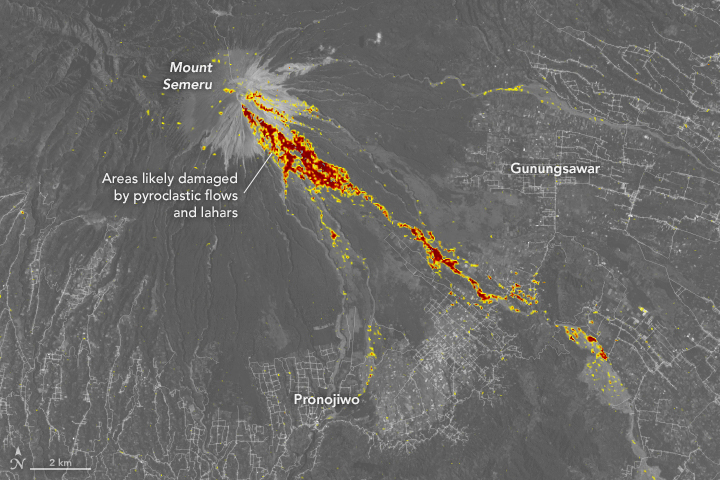- 0 replies
- 887 views
- Add Reply
- 1 reply
- 1,532 views
- Add Reply
- 0 replies
- 1,745 views
- Add Reply
- 3 replies
- 5,175 views
- Add Reply
- 0 replies
- 1,825 views
- Add Reply
Tonga volcano eruption triggers tsunami warnings in Japan, Pacific islands

By Lurker,
/cloudfront-us-east-2.images.arcpublishing.com/reuters/HZORMVOMGZLVTBSU6GXBZBHMB4.jpg)
/cloudfront-us-east-2.images.arcpublishing.com/reuters/HZORMVOMGZLVTBSU6GXBZBHMB4.jpg)
An underwater volcano off Tonga erupted on Saturday, triggering tsunami warnings and evacuation orders in Japan and causing large waves in several South Pacific islands, where footage on social media showed waves crashing into coastal homes.
Japan's meteorological agency issued tsunami warnings in the early hours on Sunday and said waves as high as three metres (9.84 feet) were expected in the Amami islands in the south. Waves of more than a metre were recorded there earlier.
Pub
retrieve coastline map wrapped onto 3d globe
By ggml,
Hi. What is a basic method to export worldmap layers such as coastlines, but wrapped on a 3d globe, for further use with computer graphics tools ?
A Deadly Day on Mount Semeru

By Lurker,


Mount Semeru, the tallest and most active volcano on the Indonesian island of Java, has routinely spit up small, mostly harmless plumes of ash and gas for years. The circumstances changed on December 4, 2021.
Following a partial collapse of the summit lava dome early in December, sensors began to detect elevated seismic activity, according to the Volcanological Survey of Indonesia (PVMBG). After more of Semeru’s lava dome gave way, billowing fronts of superheated ash, tephra, soil, and othe
Help to host an ArcGIS StoryMap
By windu,
Dear GIS users/colleagues,
I have been learning how to use GIS and more specifically ArcGIS for more than a year (online course). I was able to build in my free time a portfolio of maps on topics which interest me or are related to my area of expertise. I displayed most of them in a StoryMap online, which I intend to use as my online portfolio to showcase my work to potential future employers.
The only issue is that, my ArcGIS licence is expiring soon (end December/early Jan). I contac
A guide to selecting Earth Observation cameras for satellite missions [webinar on Dec 15]
By cosmosguru,
Selecting the best Earth Observation (EO) optical payload for a satellite can be a defining choice for a research mission or commercial service.
But with more models on the market than ever before, combined with innovation and supply chain changes in satellite buses, form factors, and sub-systems, making the right choice of EO camera can be difficult.
In this webinar we delve into the factors that need to be weighed up during the selection process, featuring expert insights from 6 differen
-
Forum Statistics
8.8k
Total Topics43.5k
Total Posts



